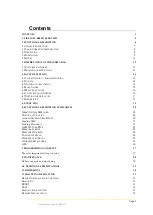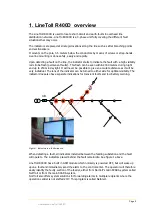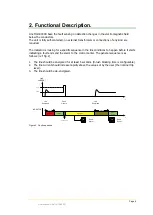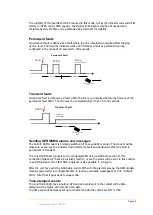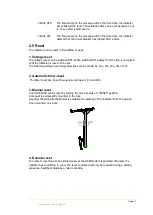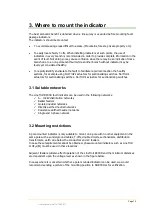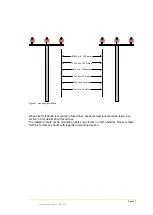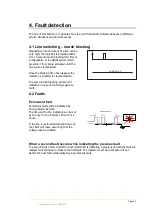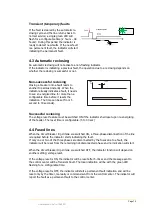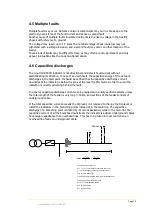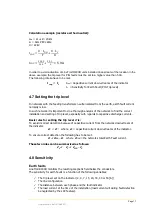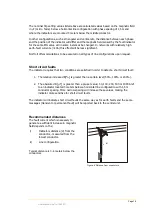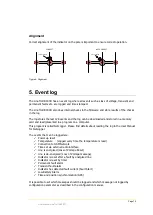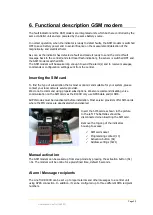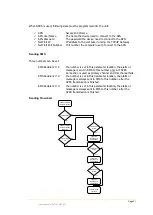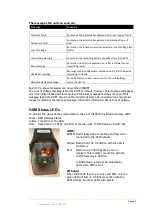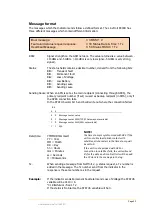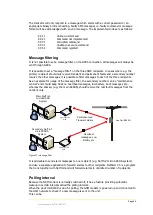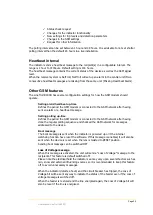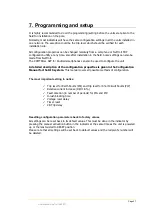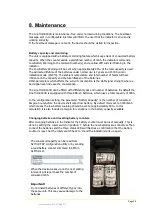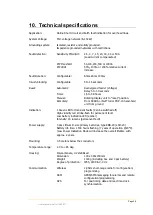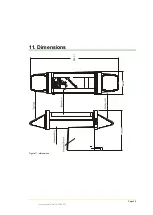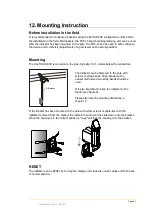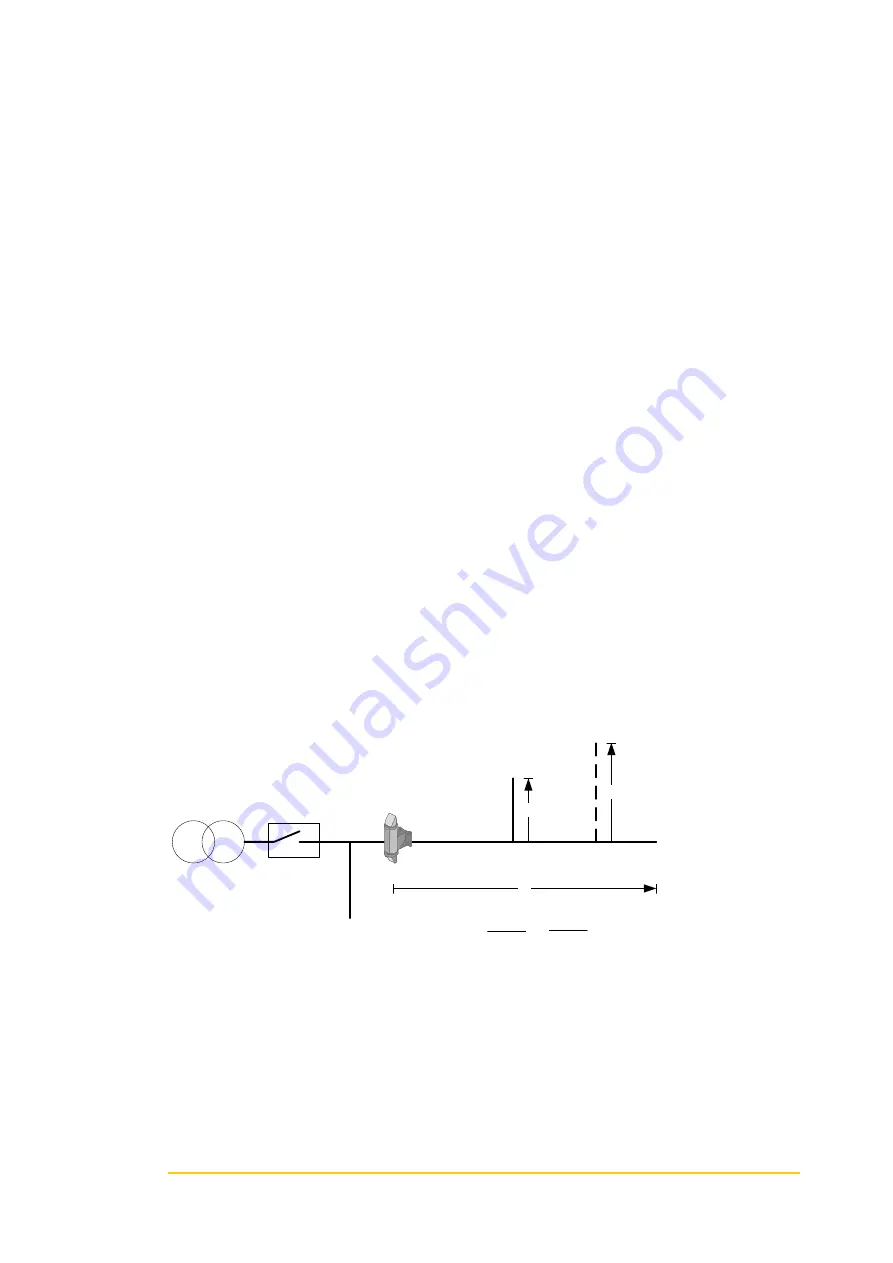
Page 16
User Manual LineTroll R400D
4.5 Multiple faults
Multiple faults may occur. Defective network components may burn or break due to the
electro-dynamic force of the fault current and cause a second fault.
Another cause of multiple faults in isolated networks is the rise in voltage in the healthy
phases with reference to ground.
The voltage may reach up to 1.7 times the nominal voltage. Weak insulators may not
withstand such a voltage increase, and a second fault may occur on other location of the
feeder.
These kinds of faults may be difficult to trace as they often are non-permanent and only
appear in situations like the ones mentioned above.
4.6 Capacitive discharges
The LineTroll R400D indicator is not directional and detects fault current without
discriminating its direction. In case of an earth fault, the capacitive energy of the network
discharges in the fault point. It should be verified that the capacitive discharge current
downstream the indicator is below the pre-set trip level for PtG faults in order to avoid the
indicator incorrectly activating behind the fault.
In general, capacitive discharge currents can be neglected in solidly earthed systems unless
the total length of the feeder is very long (>50km) and sections of the feeder consists of
underground cable.
If the total capacitive current exceeds the trip level, it is required to change the trip level or
install the indicators in the branching points instead of in the main line. The capacitive
discharge of a branching point is limited by its own capacitance, while in the main line the
capacitive current of all the branches downstream the indicator is added. Underground cables
have larger capacitance than overhead lines. This has to be taken into account when an
overhead line feeds an underground cable.
L1
L
2
PEX-cable
L
3
Icap=
U * L
OH
T
+
U * L
C
K
L
OH
= L1 + L2 (Total lenght of overhead line in km)
L
C
= L3 (Total lenght of underground cable in km)
T = 300 for resistor earthed (NCR) and Isolated Neutral
T = 900 for solidly grounded neutral
K = 10 for oil impregnated cables
K = 5 for PEX cables
K = 3 for PVC cables
U = Nominal Voltage (kV)
I
cap
= Capasitive current (A)


